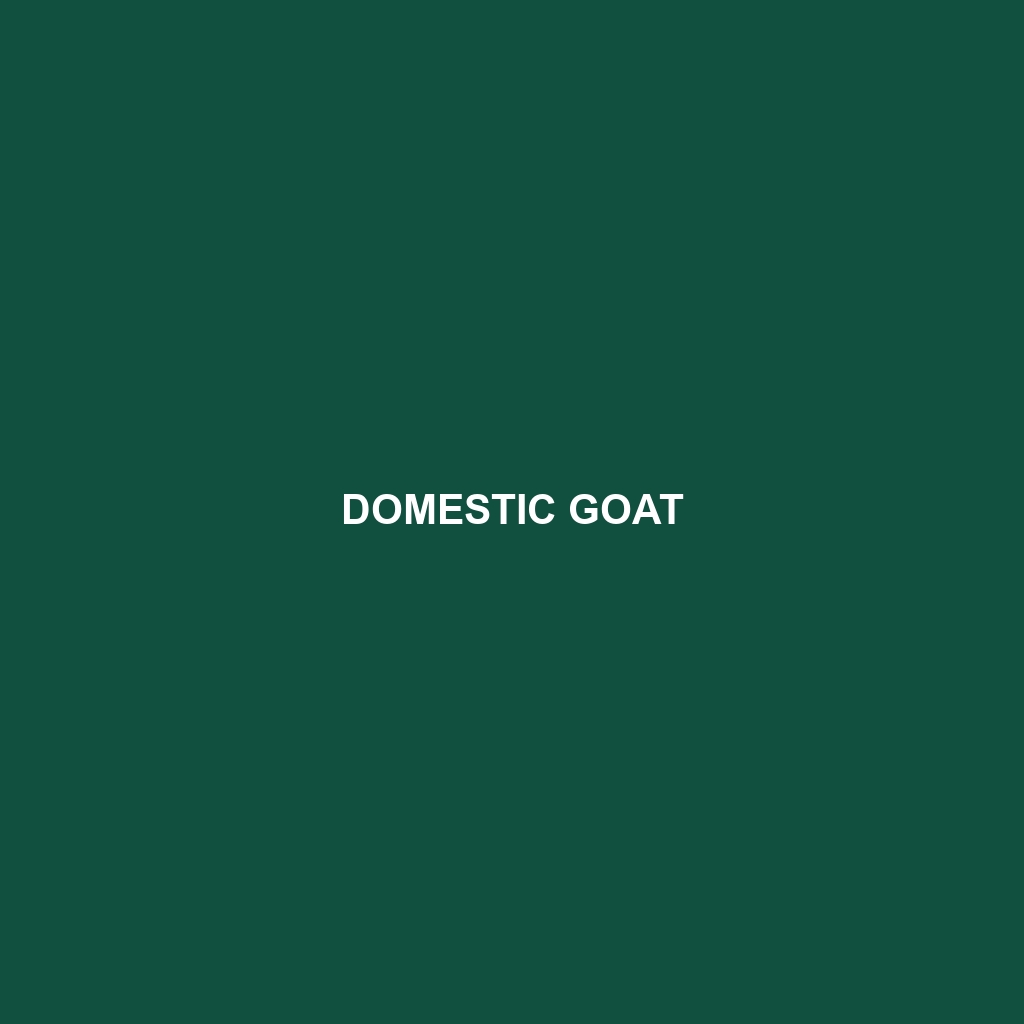Markhor: A Fascinating Species
Common Name: Markhor
Scientific Name: Capra falconeri
Habitat
The Markhor is primarily found in the mountainous regions of Central and South Asia, particularly in countries such as Pakistan, Afghanistan, and India. They thrive in rugged terrains, typically inhabiting forested areas, alpine regions, and steep slopes. Their natural habitat includes areas with sparse vegetation, allowing them to navigate the rocky landscapes with ease.
Physical Characteristics
Markhors are medium to large-sized goats, with males being considerably larger than females. Adult males can weigh between 90 to 125 kg (198 to 276 lbs) and can stand up to 1 meter (3.3 ft) tall at the shoulder. They are distinguished by their impressive twisted horns, which can grow up to 1.5 meters (4.9 ft) long. Their coat is generally a mix of brown and gray, becoming thicker in winter, which allows them to adapt to varying climatic conditions.
Behavior
Markhors are known for their agility and climbing skills, often found ascending steep cliffs and rocky outcrops in search of food and shelter. They are social animals and tend to form herds consisting of females and their young, while adult males are more solitary outside the breeding season. Their mating rituals are quite elaborate, involving vocalizations and displays of strength among competing males.
Diet
The diet of the Markhor primarily consists of a variety of grasses, leaves, and shrubs. They are herbivores and will also consume fruits and other plant materials when available. Their foraging habits are crucial in maintaining the health of their mountainous habitat, as they help control vegetation growth, which benefits other species in their ecosystem.
Reproduction
Markhors typically mating occurs in late autumn, with females giving birth to a single offspring after a gestation period of approximately 5 months. Newborn kids are born in spring, a time when food resources are abundant. Female Markhors exhibit strong maternal instincts, keeping their young close and providing protection against predators.
Conservation Status
According to the International Union for Conservation of Nature (IUCN), the Markhor is currently classified as Near Threatened. Factors contributing to their status include habitat loss, hunting, and competition with livestock for resources. Conservation efforts are ongoing to protect this majestic species and its natural habitat.
Interesting Facts
One intriguing fact about the Markhor is its remarkable ability to adapt to harsh environments and steep terrains. They are known to survive in some of the most arid regions, making them one of the hardiest wild goat species. Additionally, the Markhor is the national animal of Pakistan, symbolizing strength and resilience.
Role in Ecosystem
As a herbivore, the Markhor plays a vital role in its ecosystem. By grazing on various vegetation, they help maintain the balance of plant life in their habitats, which supports biodiversity. The Markhor serves as prey for several predators, contributing to the food web and ecological interactions critical for the health of their environment.
